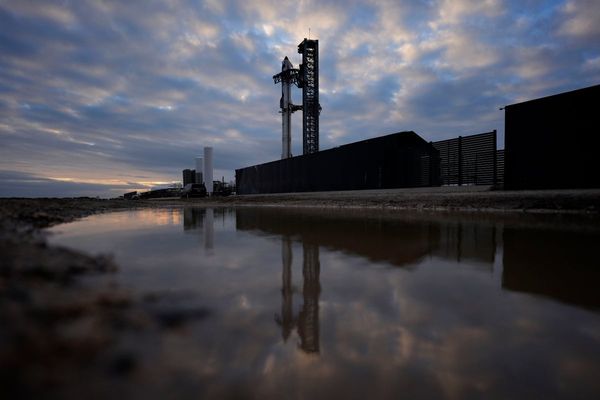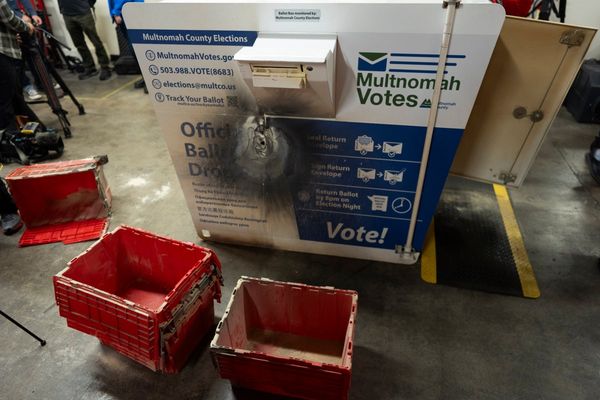
The first five of India’s new Rafale fighter aircraft touched down in country on July 29. According to the terms of a 2016 contract with the French manufacturer Dassault, 31 more will follow. They will go some way toward filling India’s larger requirement of 126 such jets. The Indian Air Force has long needed refurbishing, but it has been perennially delayed both by New Delhi’s infamous bureaucratic red tape and by budgetary issues. Now, the arrival of the new fighters—the first in over 20 years—in the middle of an unprecedented border face-off against China, will be a boost for Indian military capability as well as morale. But it won’t do much to change the hard reality that, as an air power, India is falling far behind.
The Indian Air Force has historically been one of the best-equipped air forces in the region, but it has seen its advantage, both qualitative and quantitative, against China and Pakistan narrow dramatically over the past two decades. Even worse, it now faces the challenge of mustering enough aircraft to tackle any possible collusion between the Pakistani and Chinese air forces. Related to tensions in Ladakh, China seems to be activating air platforms in its Tibetan airfields. And along the border with Pakistan, the Pakistan Air Force recently conducted an air exercise out of the Skardu base in Gilgit-Baltistan. Taken together, those are tough challenges for an underequipped air force to take on.
The Rafale may help somewhat. After decades of fielding upgraded legacy fighters and struggling to develop contemporary jets, the Rafale finally provides the Indian Air Force with a comprehensive combat craft that requires very little further tinkering. Unlike any previous procurements, the Rafale fighters’ capabilities are already up to par, and small enhancements will be relatively easy and cheap via the so-called India-specific enhancements.
These India-specific changes are being carried out under a concurrent design, modification, testing, and certification program carried out by Dassault. The modifications involve a mix of hardware and software changes, including an improved infrared search-and-track capability, the addition of an Israeli helmet-mounted display and sight system, changes to the electronically scanned radar, a new device for jamming low-band radio frequencies, integration of an Israeli-created decoy system, an upgraded radar altimeter, expanded navigation aids, and a more robust cold start system for the engines to make them suitable for winter operations from the Air Force’s Himalayan bases. Once all changes are tested and certified in 2021, the entire Indian Rafale fleet will be updated. This allows Dassault to keep producing fighters at an economical rate and the Air Force to induct jets and train personnel in an organized manner, while still ensuring that the final aircraft does not compromise on the original capability requirements.
Technical merits aside, India’s order for only 36 Rafale jets was clearly a bow to fiscal realities. And, on its own, the fleet will not fix India’s comparatively diminished air capabilities. Against a government-approved strength of 42 fighter squadrons, the Indian Air Force currently operates only 31. By 2024, the force will shed the last of its MiG-21 squadrons and add only two or three replacement squadrons over the same period, taking the Air Force down to 30 squadrons as it approaches the quarter mark of this century. Yet the length of India’s restive borders has not changed, nor has the scale of the military challenge posed by Pakistan and China. No matter how advanced the Rafale or how effective its long-range weaponry, the addition of 36 jets will not dramatically alter the balance of power in the region.
After all, China’s Western Theater Command that directly faces India comprises some 200 fighter aircraft, a mix of legacy and modern types. While not a large number, and certainly hampered by the limited number of usable bases close to the border with India, the flexibility inherent to all air power means that a large portion of the rest of the People’s Liberation Army Air Force could be brought to bear against Indian forces in short order should the need arise. The Pakistan Air Force, similarly comprising a mix of older and newer aircraft, has around 350 fighters it can put up against India. Unlike China, Pakistan has few operating restrictions relating to bases and aircraft performance. Taken together, as all worst-case Indian military planning scenarios do, the Pakistani and Chinese air forces far outnumber India’s and will continue to do so for the foreseeable future. More crucially, both these air forces operate a greater number of airborne tankers and early-warning surveillance aircraft than the Air Force. These so-called force multipliers dramatically increase the combat effectiveness of tactical fighters by extending their range or endurance and improving situational awareness in the aerial battlespace.
The Indian Air Force has repeatedly sought to invest in its own force multipliers but has always ended up stymied by funding issues or procurement rules. While budgetary pressures are unavoidable, particularly in recent years as Indian economic growth has slowed, the Air Force has been bereft of comprehensive and sustainable recapitalization efforts for the better part of 20 years. A troop level-focused, army-centric approach to national defense has denied the air and maritime branches not only financial support but also the political attention key to pushing through reforms and procurements that would address long-standing capability issues. As China moves toward a leaner, more technology-centric military, India will have no choice but to force through changes in its own military to keep pace. If not, Ladakh might be the first of many confrontations where New Delhi is forced to cede ground to Beijing.







